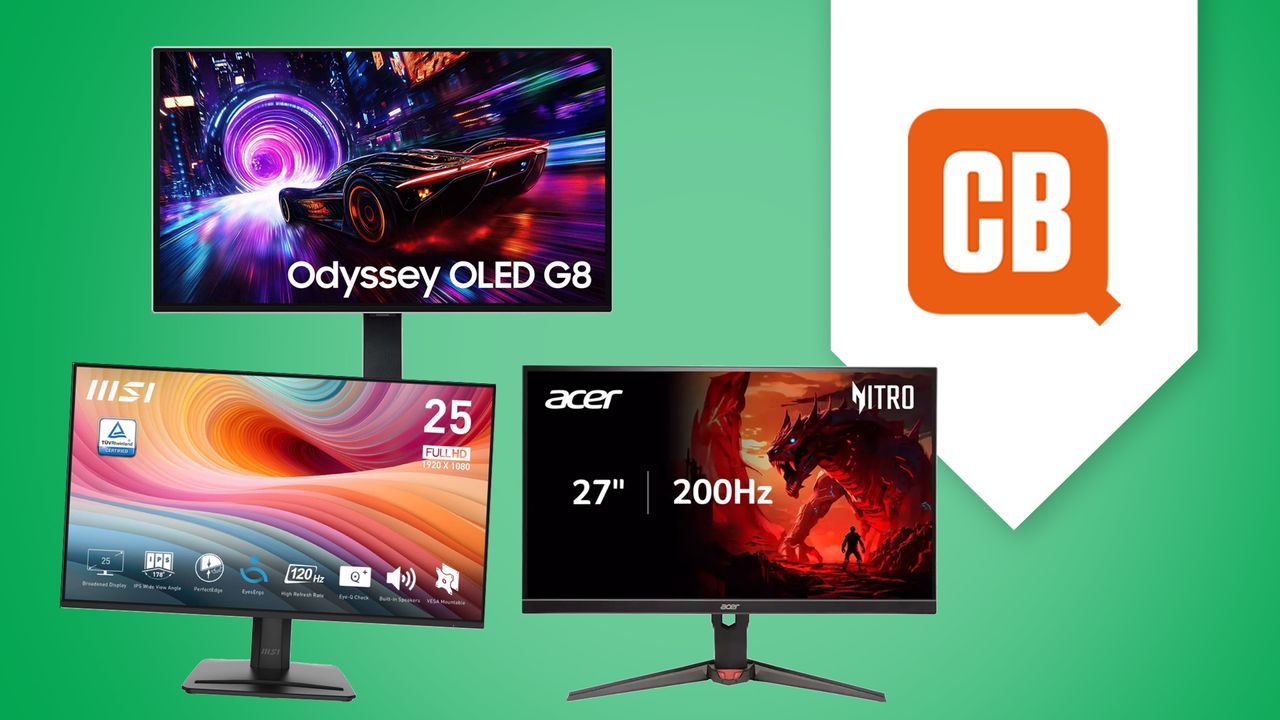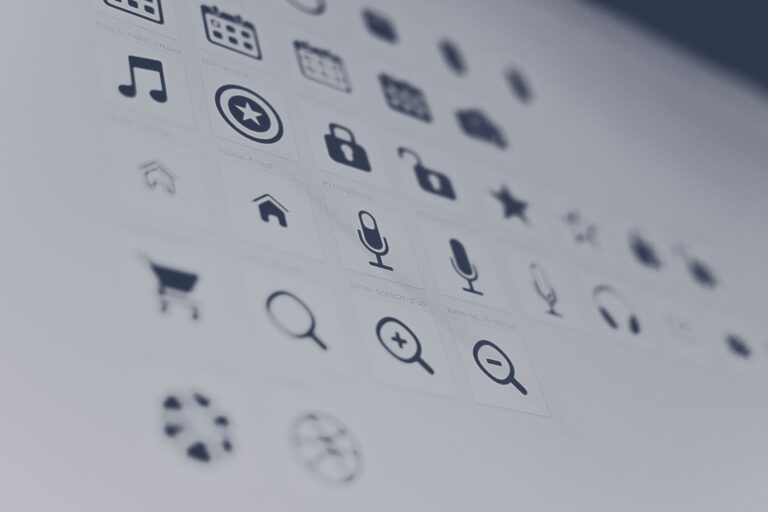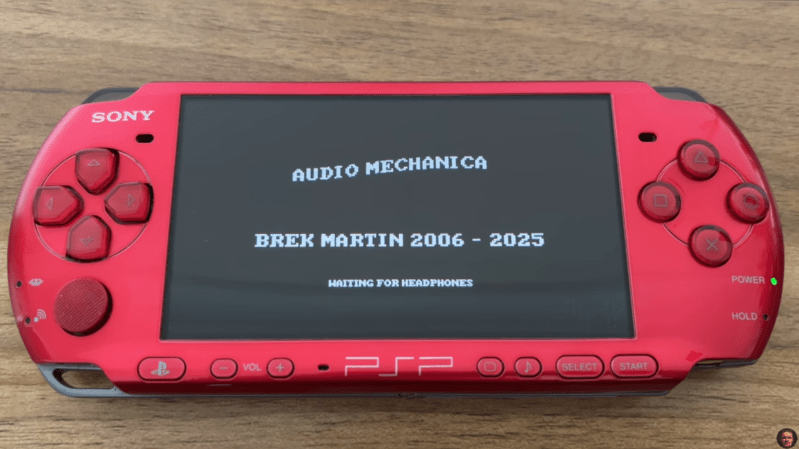Quelle aventure incroyable ! Je suis ravi d'annoncer que notre film de super-héros "RENGADE" a enfin été dévoilé ! Travailler avec Station 1 Studios et MoNo Films a été une expérience enrichissante. En tant que co-producteur et superviseur des effets spéciaux, j'ai eu le plaisir de contribuer par des effets visuels époustouflants et des accessoires imprimés en 3D conçus avec passion grâce à Blender.
Chaque scène est le fruit d'un travail d'équipe exceptionnel et montre ce que nous pouvons accomplir lorsque nous unissons nos forces pour réaliser nos rêves ! N'oubliez jamais : chaque projet est une nouvelle chance de briller et d
Chaque scène est le fruit d'un travail d'équipe exceptionnel et montre ce que nous pouvons accomplir lorsque nous unissons nos forces pour réaliser nos rêves ! N'oubliez jamais : chaque projet est une nouvelle chance de briller et d
🌟🎬 Quelle aventure incroyable ! Je suis ravi d'annoncer que notre film de super-héros "RENGADE" a enfin été dévoilé ! 🚀 Travailler avec Station 1 Studios et MoNo Films a été une expérience enrichissante. En tant que co-producteur et superviseur des effets spéciaux, j'ai eu le plaisir de contribuer par des effets visuels époustouflants et des accessoires imprimés en 3D conçus avec passion grâce à Blender. 💡
Chaque scène est le fruit d'un travail d'équipe exceptionnel et montre ce que nous pouvons accomplir lorsque nous unissons nos forces pour réaliser nos rêves ! N'oubliez jamais : chaque projet est une nouvelle chance de briller et d
1 Kommentare
·0 Geteilt
















